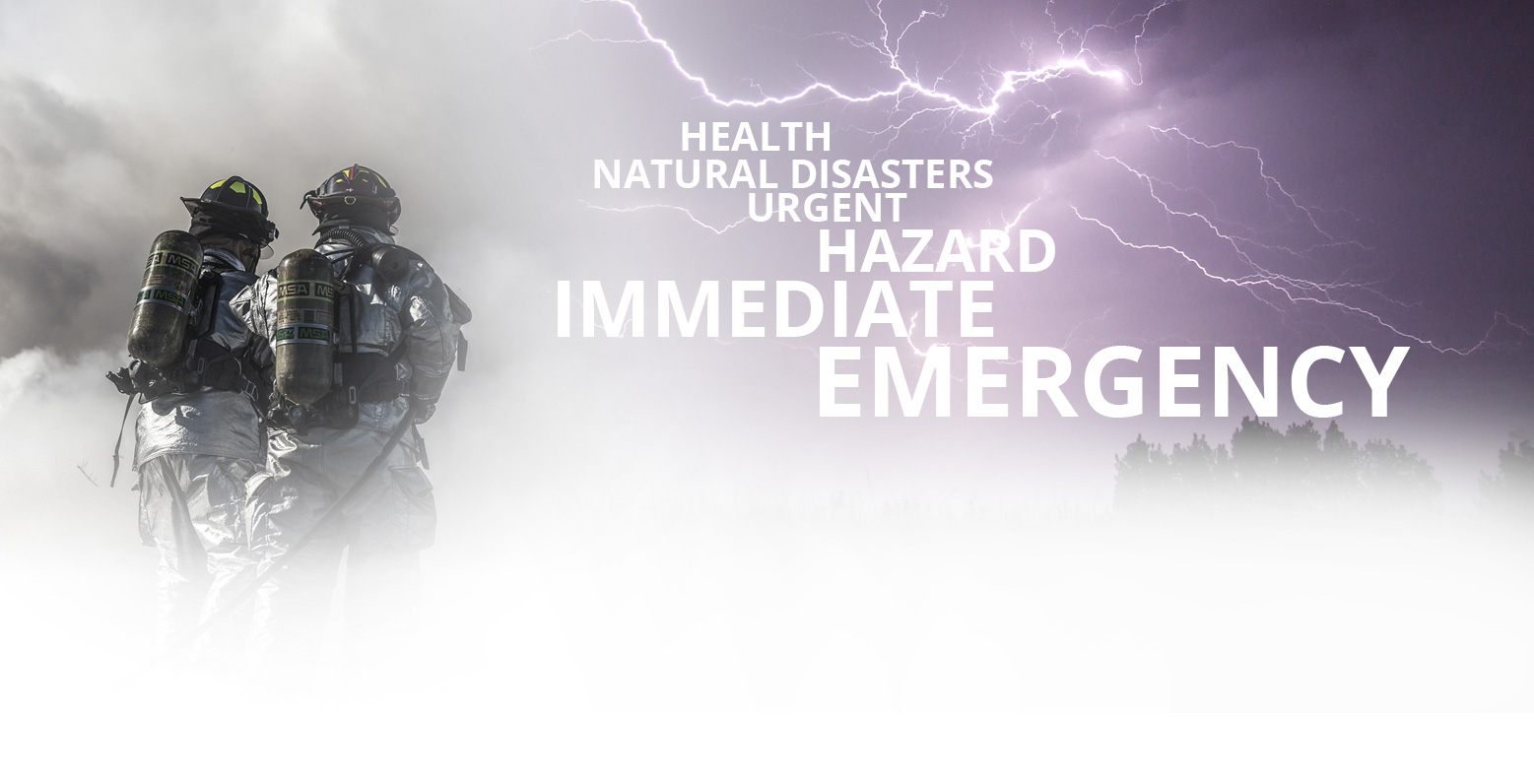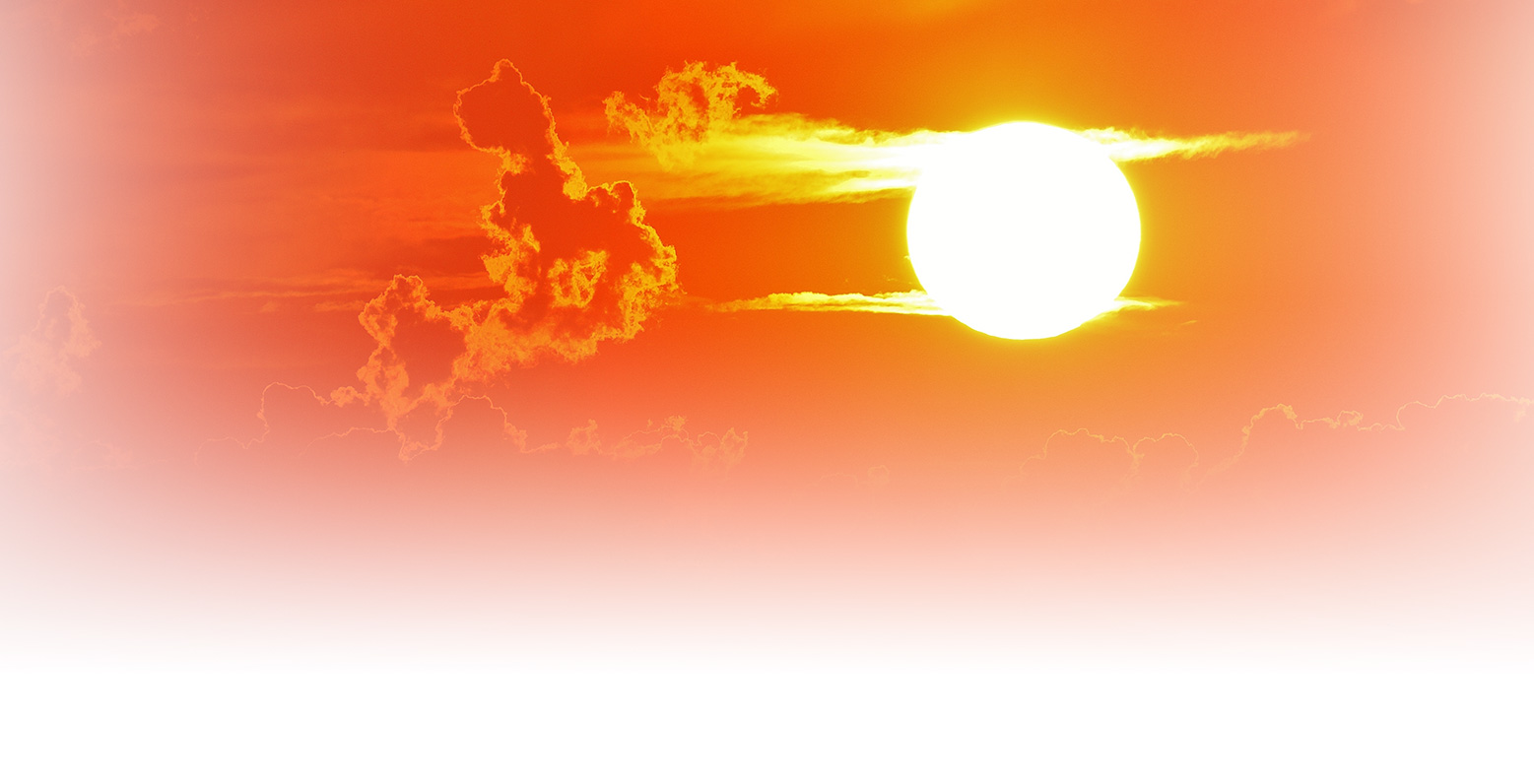El Niño
El Niño is a naturally occurring event in the equatorial region which causes temporary changes in the world climate. Originally, El Niño was the name used for warmer than normal sea surface temperatures in the Pacific Ocean off the coast of South America. Now, El Niño has come to refer to a whole complex of Pacific Ocean sea-surface temperature changes and global weather events. The ocean warming off South America is just one of these events.
In normal, non-El Niño conditions, trade winds blow in a westerly direction along the equator. These winds pile up warm surface water in the western Pacific, so the sea surface is as much as 18 inches higher in the western Pacific than in the eastern Pacific. These trade winds are one of the main sources of fuel for the Humboldt Current. The Humboldt Current is a cold ocean current which flows north along the coasts of Chile and Peru, then turns west and warms as it moves out into the Central Pacific. So, the normal situation is warmer water in the western Pacific, cooler in the eastern.
In an El Niño, the equatorial westerly winds diminish. As a result, the Humboldt Current weakens and this allows the waters along the coast of Chile and Peru to warm and creates warmer than usual conditions along the coast of South America. As far as we know, other forces, such as volcanic eruptions (submarine or terrestrial) and sunspots, do not cause El Niños.
A strong El Niño is often associated with flooding rains and warm weather in Peru, drought in Indonesia, Africa, and Australia, torrential downpours and mudslides in southern California, a mild winter in the northeast, and fewer hurricanes in the southeast. Keep in mind that these effects aren't guaranteed, but an El Niño makes these conditions more likely to happen.
El Niños occur irregularly approximately every two to seven years. Warm water generally appears off the coast of South America close to Christmas, and reaches its peak warmth in the eastern Pacific during the late fall of the following year. After peaking, the waters will tend to cool slowly through the winter and spring of the next year. Effects can be felt continually around the globe for more than a year, though this is generally not the case in any one place.




